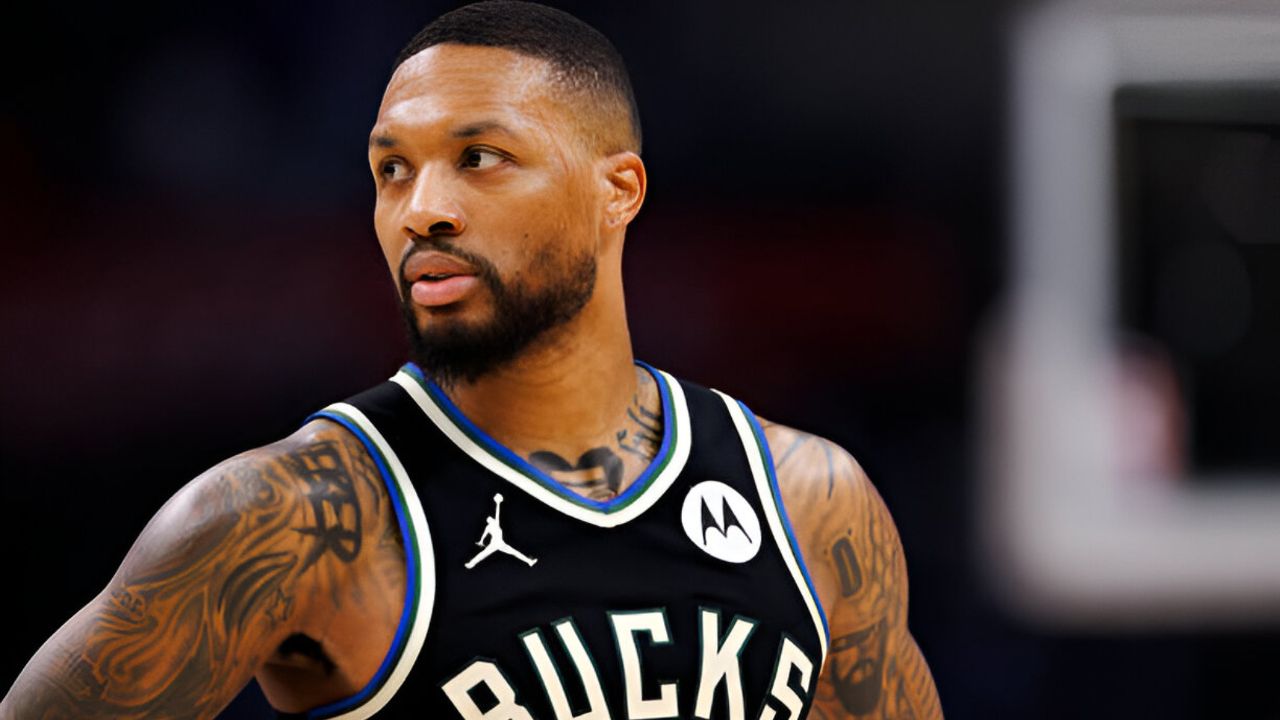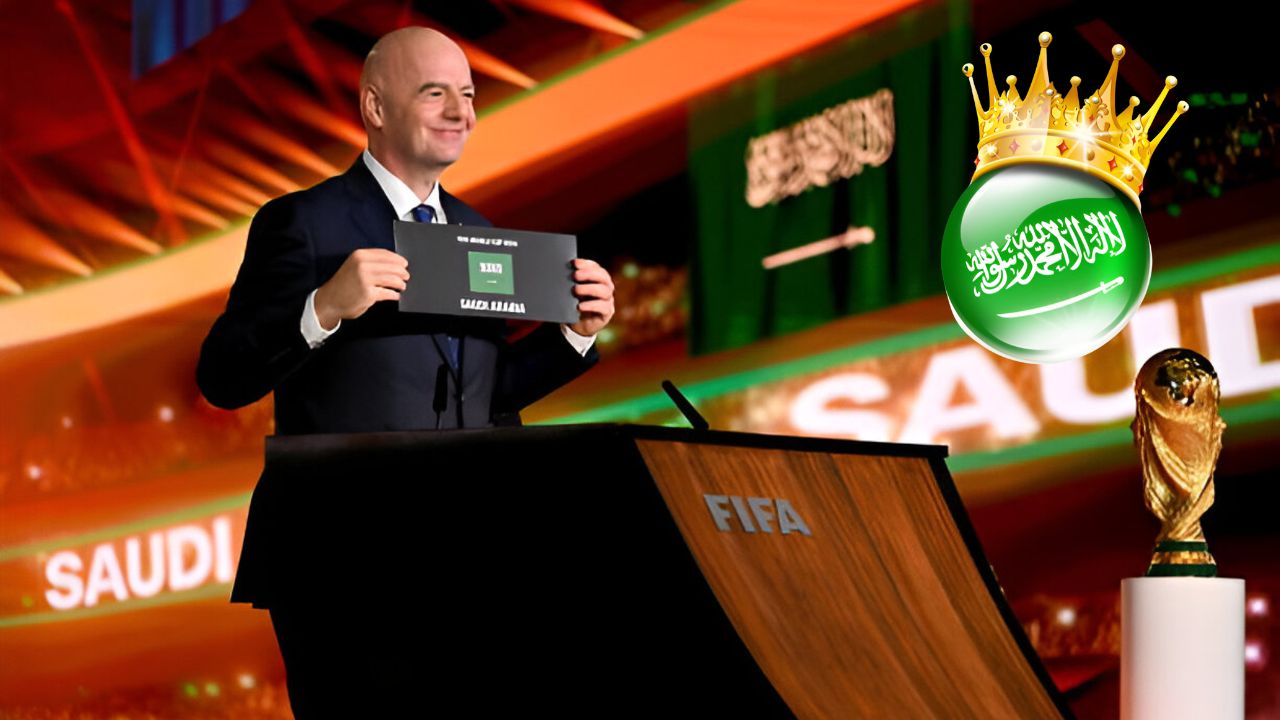In November, U.S. Soccer took a chance and hired Emma Hayes, even though it meant giving up a year of constant practice under a permanent manager. The U.S. women’s national team has been run by interim managers for eight months since the 2023 World Cup. Twila Kilgore did a good job as a placeholder. She helped get new players in, and her team won a couple of tune-up games this spring.
Still, the programme has had a bad year at a time when it really needed a new direction. Hayes’s first games as manager of the USWNT in June are still two months away. This means that the wait since the World Cup is now 10 months, and it has been seven months since she was hired in November.
Now that the SheBelieves Cup and the CONCACAF W Gold Cup are over, it’s time to look back and see what happened. Is the team any more ready to compete at the Olympics in Paris than it was before Sweden beat them in the World Cup?
The USWNT’s worst time on the pitch was during the 2023 World Cup cycle and, by extension, the Vlatko Andonovski era.
Read More: USWNT games, dates, teams, and times for the 2024 SheBelieves Cup.
The late 2020 Olympics were a red flag because they were held against the backdrop of the COVID-19 pandemic and had an ageing core with varied levels of fitness. The team played all of its games in stadiums that were mostly empty, which was a big change from the loud crowds it usually has in major events. In the end, Canada beat them in the semifinals and eliminated the team.
Andonovski didn’t learn anything from that event; instead, he pretty much did the same thing again for the 2023 World Cup in Australia and New Zealand. The team’s play looked slow a lot of the time because it couldn’t get into the final third. A lot of players didn’t play a single minute as the U.S. beat Portugal to move on from their group, in part because of a friendly goalpost. Soon after, the U.S. lost to Sweden in a round of 16 penalty shootout, ending their short-lived comfort.
A lot of different types of data show that the U.S. did some good things in its four playoff games. They gave up 4.6 shots per 90 minutes, which was the fewest of any team, and their average xG per 90 minutes edge of 2.14-0.32 definitely says “contender” on its own. But it was clear that there were problems with buildup and making chances.
The team moved up the pitch quickly enough; with a direct speed of 1.71 metres per second of control, they were ranked 11th in the tournament.
It’s not all about speed. People often make snap decisions based on small samples in tournaments, and the trendline is by no means final. Still, none of the 10 teams that were faster in direct speed made it past the round of 16 in the event.
Moving the ball quickly up the pitch can help in transition, but the USWNT didn’t seem to have any plans once they met the other team’s defence in the final third. All four teams with faster direct speeds lost in the round of 16. It’s not a surprise that none of the five teams that scored fewer goals per 90 minutes than the U.S. made it past the quarterfinals.
Read More: Julie Ertz, the US Women’s Soccer Champion, talks about her retirement and becoming a mom.
Playing directly and making quick decisions in the final third shouldn’t be seen as opposites, though. The USWNT has a lot of talented players, so they could make an almost unbeatable balance in attack. Now that we know what happened, the league wanted to make sure the team had more of the tools it needed to make smart decisions and score reliably.
The head of U.S. Soccer in September said, “There was definitely a sense that we need to be better with the ball and have more solutions.” During the coaching search, the federation polled players. A lot of the tactical feedback they got was about building the attack, playing through the middle, and having “creative solutions in tight spaces, having the players and the tactics to beat the low block.”
They wanted to use their engine room after moving the ball around their middle for an entire cycle, which Kim McCauley so cleverly called the “Prayer Circle Formation.”
Here comes Hayes, a tactical chameleon who knows how to break down low blocks and lead her Chelsea team to victory. She doesn’t teach from dogmatic beliefs; instead, she plans for the other team. The rules for each game are written with one goal in mind: to win at all costs.
At first glance, choosing a coach who usually works to get rid of the cynical strategies that got the team sunk last summer seems like a good idea. Hayes said her “full focus and attention is on what I do for Chelsea” until the end of the season, so the team would have to wait.
When they played Colombia in the Gold Cup semifinal, it was the best game they’ve played in the last 10 months. In the group stage before, the USWNT had a hard time with teams like Argentina and Mexico sitting in a low block while Kilgore stuck to a system that was too similar to Andonovski’s in terms of possession. The way the ball moved around slowed down the team’s buildup, giving their defensive-minded opponents too much time to get into the best positions for them.
Last summer, Colombia made it to the quarterfinals of the World Cup. They had Linda Caicedo, one of the best young forwards in the world, and a team that worked well with her on the break. Kilgore tried to take advantage of these traits by letting her team take the lead. It did two things: boost the attack going forward and cut down on mistakes in the defensive half, which played to Colombia’s strengths. The USWNT was back with a point to make after beating Japan 3-0.
Read More: US soccer stars Morgan and Horan were upset by what a teammate wrote on social media.
DIVE IN MORE
Again, direct: How USWNT’s new old method gives them room to move forward
In the rainy semifinals against Canada, they couldn’t take the same score lead, and in the final against Brazil, they chose a more controlled style of play and won 1-0. It worked, and the team went on to win the first Gold Cup.
Still, the team wasn’t hitting goals consistently enough to be better prepared for the Olympics than it was in the World Cup. Luckily, SheBelieves was just around the corner, giving Crocker another chance to play two games against high-level opponents and show how he could find “creative solutions in tight spaces.”
Japan had a different plan. In the first minute of the game, Kiko Seike scored, making it 1-0 for the USWNT. This was the first time this had happened since 2003. After 20 minutes, the U.S. tied the game with some smart high-pressing, and a penalty kick in the 77th minute gave them a 2-1 win. The result was good, but it wasn’t a great example of the values U.S. Soccer tried to promote.
The next team was Canada. Kilgore switched one of her usual four attackers for a second pivot at the base of the middle. Whether they meant to or not, this made the team go back to their Prayer Circle habits.
Read More: USWNT games, dates, teams, and times for the 2024 SheBelieves Cup.
“Our attack is not built around one player, and that was on purpose,” Kilgore said before the final. The fact that we can score goals in a number of different ways is important. We’re looking for certain times, but it’s important that everyone has a job to do and knows when they need to make an early run or get out in front of the opponent for a cross.
A Lindsey Horan block set up Sophia Smith for a counterattack just over five minutes into the final against Canada. The USWNT then seemed to try out all of its different ways to create chances.
That’s a relief for Canada. It’s time to get ready for another attack.
Not the Prayer Circle, please.
No, no, no, no, no, no, no —
After more than 30 minutes, Canada scored first because goalie Alyssa Naeher and her defence didn’t talk to each other properly. Once more, the US had to change how it played the game after letting the other team set the rules.
In the end, Naeher’s efforts in the shootout helped the USWNT win back the SheBelieves title. The two goals that were given up were likely due to mistakes made by individuals.
In a way, that’s also how the USWNT played last summer: they were mostly in charge of games but didn’t have enough bite to turn ball holding into goals and made a lot of mistakes.
Could this team really do better at the Olympics than it did last year?
If we want to see proof of growth since August, we should start by looking at each player individually. Alex Morgan had a rough World Cup, but her tough play as a line leader against Colombia was key to their victory. Mallory Swanson and Catarina Macario came back from injuries that kept them from playing much in 2023, but they mostly kept up with the rest of the team.
It was always going to happen after the World Cup: some long-time programme regulars would make way for new ones. Megan Rapinoe and Julie Ertz both had send-off wins, but captain Becky Sauerbrunn has taken a back seat. Horan has taken the lead as a team leader, and Naomi Girma, who is only 23, is already making a big difference in the same way.
Kilgore’s calls-ups helped the young players. Jenna Nighswonger has been a breath of fresh air at left back. She has provided much-needed width in the buildup in a position that Andonovski used to tell players to tuck into middle. Jaedyn Shaw is the newest attacking star. He makes quick decisions during transitions and can finish well on his first try. Sam Coffey looks like he could be the team’s next defensive midfielder, and Korbin Albert’s versatility makes her look like she could take over for Horan in the middle of the field, as long as she doesn’t get into any problems off the field that could hurt her reputation in the locker room.
To get over a bad four-year stretch, it’s important for young players with a lot of potential to step up. But how many players, like Nighswonger, Shaw, and Coffey, will have to show that they are ready again when Hayes comes in? There’s still been some doubt about how closely Hayes is watching and judging her next group of players. If the answer isn’t “with a keen eye,” they’ll need to do even better on their second first impression to beat out more experienced candidates.
In the end, we don’t know how they’ll play in Paris no matter which 18-player Olympic team they make. There are still no clear answers to the problems that hung over the programme.
Read More: Fans booed a U.S. women’s soccer star on Saturday.
Go deeper to see
what the USWNT’s Olympic squad will look like after the SheBelieves Cup.
By hiring a teacher who couldn’t start her job for more than six months, the USSF took a chance that her skills would be so much better than any other options that it would be worth the extra six months of waiting.
South Korea and Mexico are two of the summer’s matches. Neither of these teams will be in the Olympics, but they will both want to beat one of the most famous sports teams in the world. It will be given tests when Hayes is still looking over the answers.
On Tuesday, the last member of the USWNT’s Olympic team qualified. Australia, the United States, and Zambia are all in Group B. Last summer, Australia made it to the semifinals. Germany has something to show since it didn’t make it out of its group, while Zambia is feeling great after making it to its first World Cup. It’s not a given that the U.S. will make it to the knockout rounds, let alone its goal of winning a medal.
With eyes on the 2027 World Cup, which might be held at home, it will be easy to explain away a bad performance in Paris as a short-term sacrifice. Having said that, this team has never used a big event as a way to improve. The US really wants to win when it goes to a women’s football event. That’s the standard that fans hold stars of all generations to.
Every play the players make this summer will be closely watched, and their future choices will be more at risk than Hayes’ job (or should be). If the choice to have interim leadership for so many months doesn’t work out, they will be blamed, which isn’t fair.









Leave a Comment